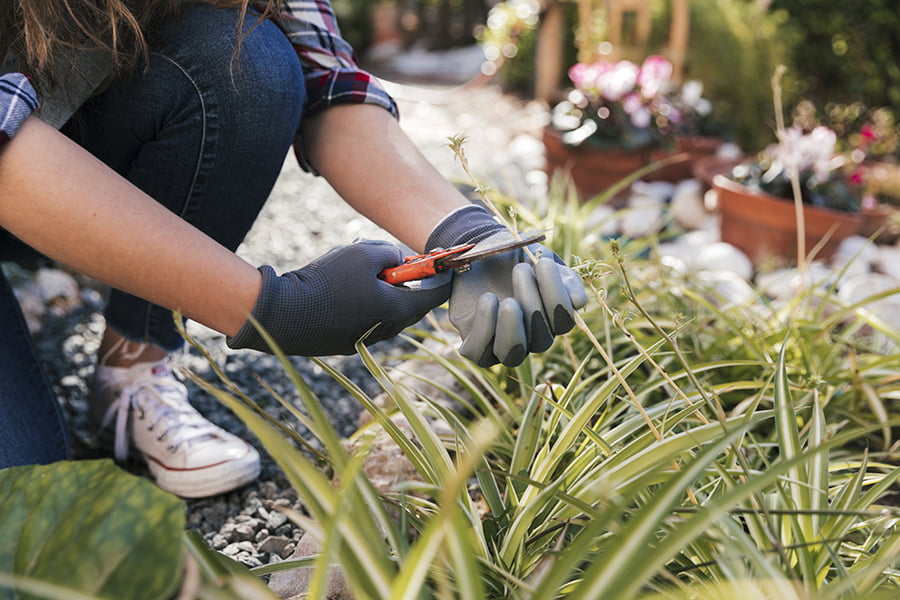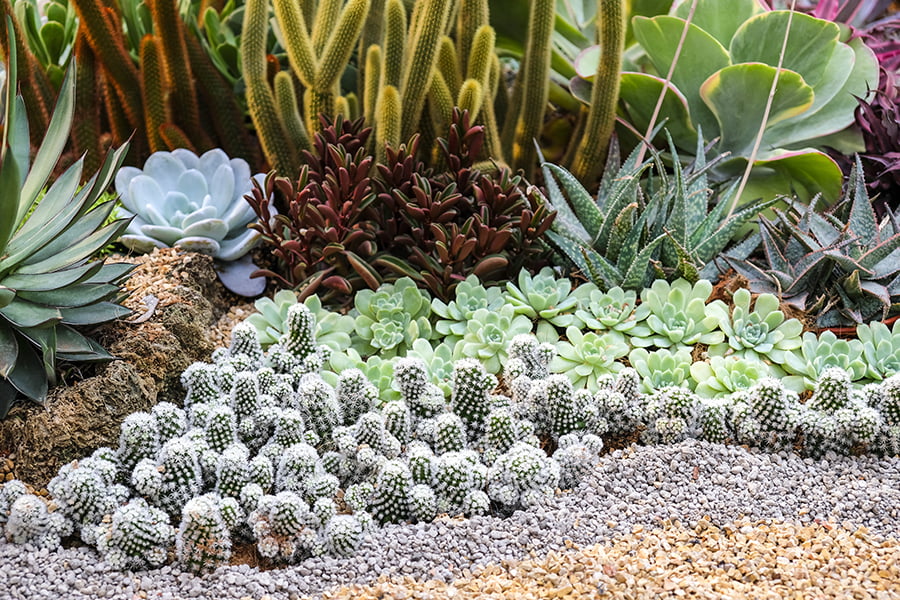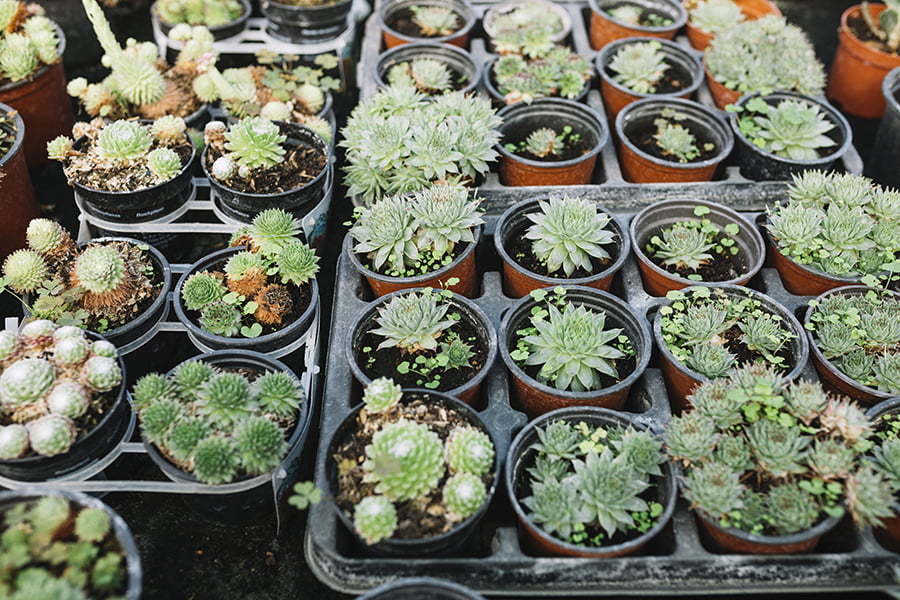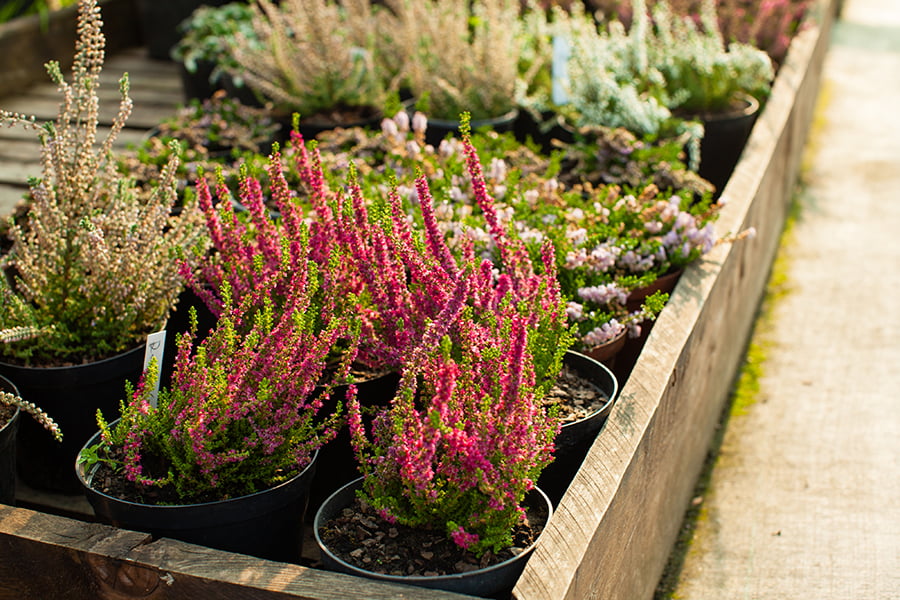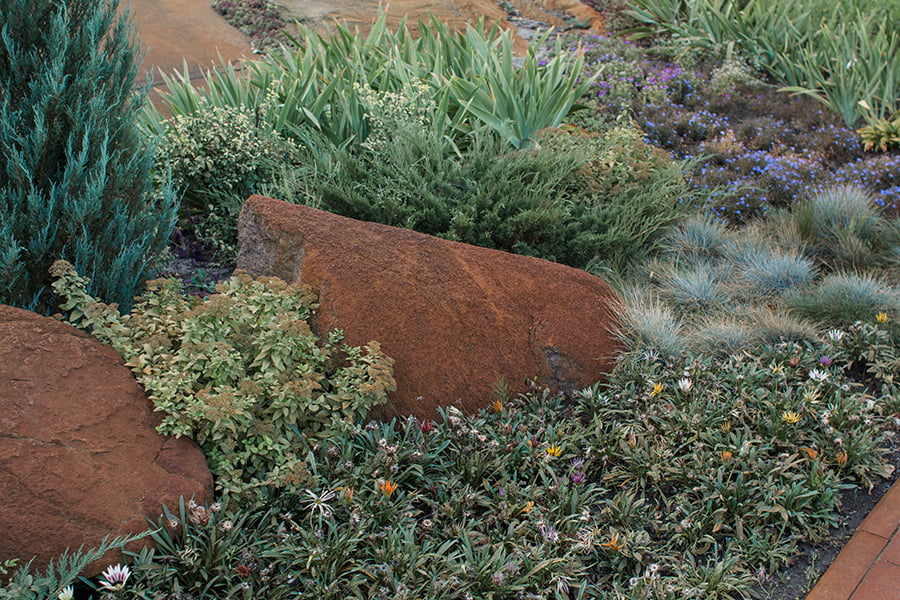Native plants suitable for xeriscaping in your area include drought-tolerant shrubs, grasses, and wildflowers.
Xeriscaping is a great way to conserve water and create a beautiful, low-maintenance landscape. But before you start, it’s important to know what native plants are suitable for your area.
Native plants are adapted to the local climate and soil conditions, so they require less water and maintenance than non-native plants. In this blog post, we’ll look at some of the best native plants for xeriscaping in your area.
Climate
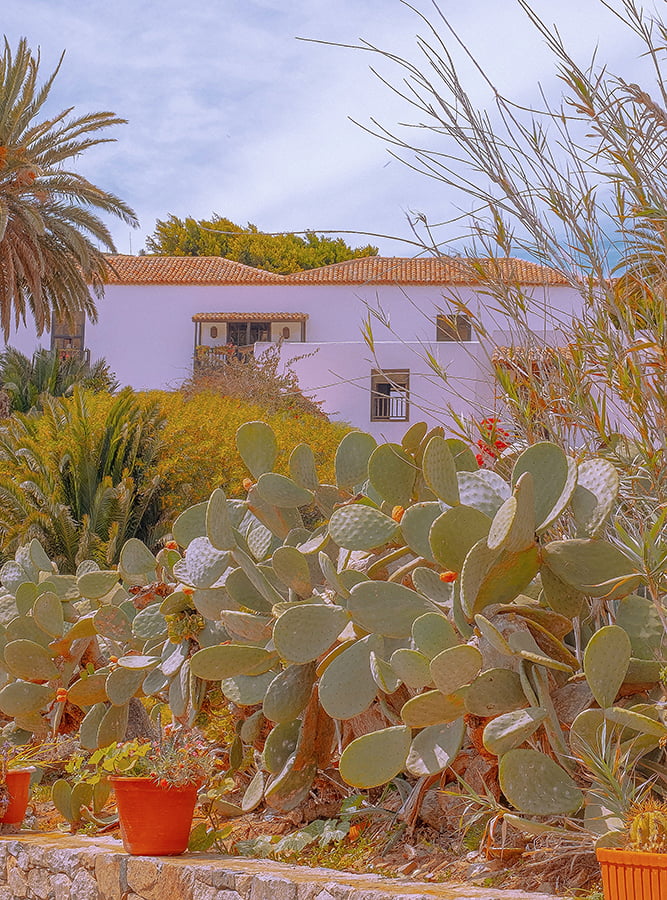
The climate of a particular area will determine which plants are best suited for the environment. For example, some plants may thrive in hot and dry climates while others may prefer cooler temperatures with more moisture.
It is important to research the climate of your area before selecting native plants for xeriscaping so that you can choose species that are well-suited to the local conditions. It is helpful to consult with a local nursery or gardening expert who can provide advice on which native plants will be most successful in your specific region.
Soil Type
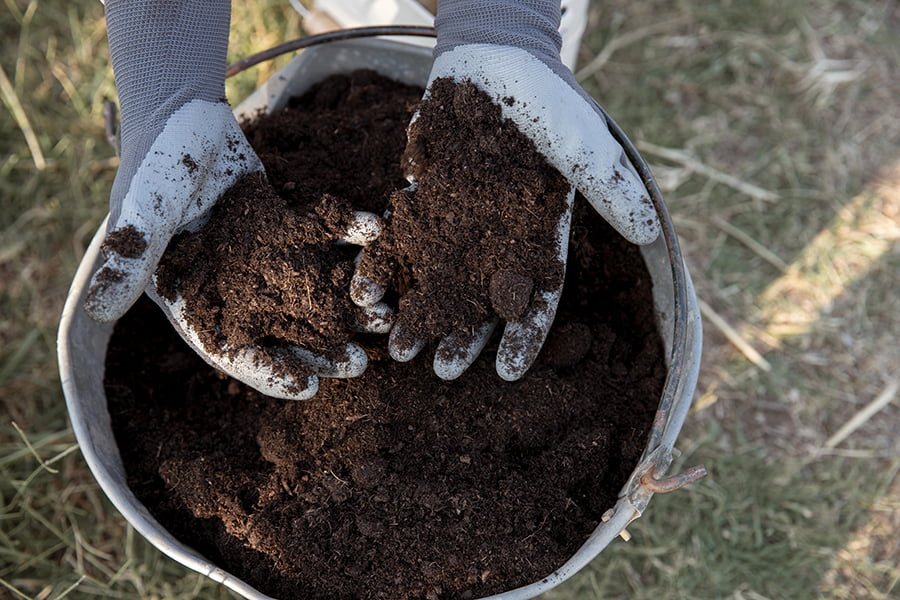
Different types of soil can affect the growth and health of a plant, so it’s important to know what kind of soil you have in your area before selecting plants for your xeriscape. Sandy soils are well-drained and tend to be low in organic matter, while clay soils are heavy and retain moisture better than sandy soils.
Loam soils are a combination of sand, silt, and clay particles that provide good drainage as well as some water retention. Knowing the type of soil you have will help you select native plants that will thrive in your area.
Water Requirements

Xeriscaping is a type of landscaping that uses drought-tolerant plants and requires minimal water to maintain. When choosing native plants for xeriscaping, it is important to select species that require little or no supplemental irrigation.
This means selecting plants that can survive on natural rainfall alone or with only occasional watering during periods of extreme drought. Native plants vary in their water requirements, so it is important to research the specific needs of each plant before adding them to your landscape design.
Hardiness Zone
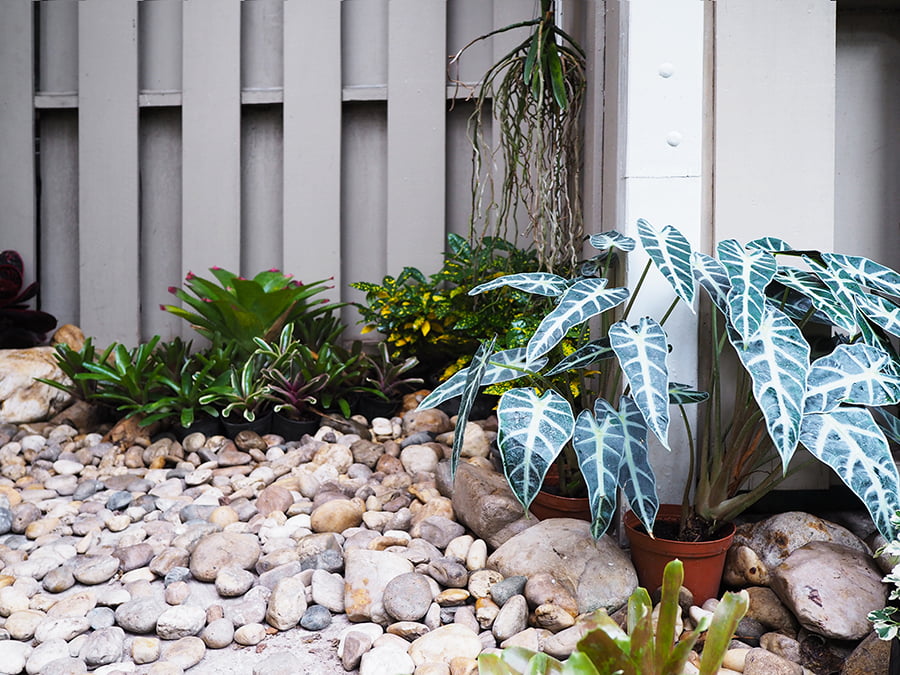
It helps gardeners determine which plants are best suited for their particular region. Plants that are native to an area will generally be more tolerant of the local climate, making them better suited for xeriscaping in that region.
Knowing your hardiness zone can help you choose the right native plants for your xeriscape project.
Sun Exposure

Sun exposure refers to the amount of direct sunlight that a plant receives throughout the day. Plants that require full sun will need at least six hours of direct sunlight each day, while those that prefer partial shade may only need four or five hours of direct sunlight per day.
When selecting native plants for xeriscaping, it is important to consider how much sun exposure they will receive in order to ensure their success and health.
Drought Tolerance
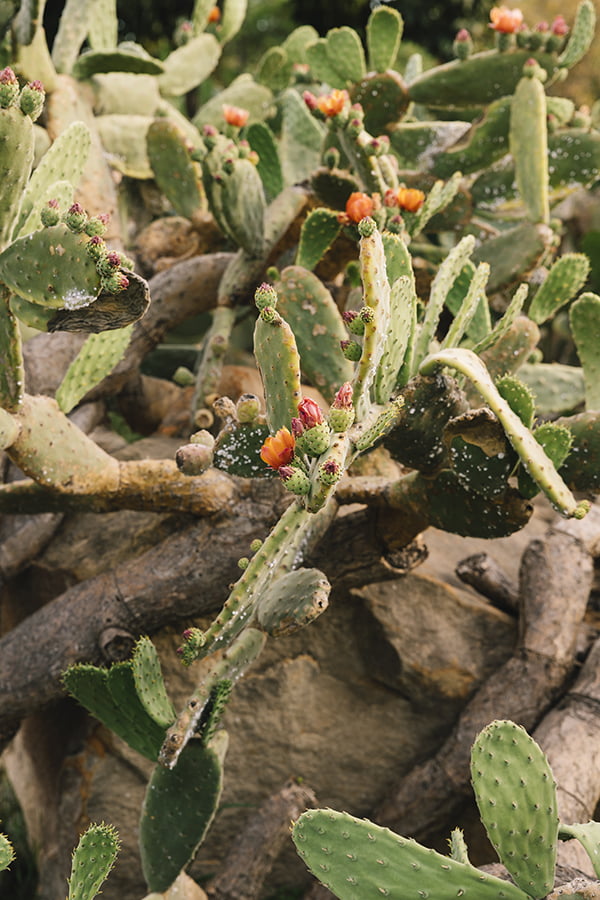
Xeriscaping is a type of landscaping that uses plants that are adapted to dry climates, such as those found in areas with low rainfall or long periods without rain. When selecting native plants for xeriscaping, it is important to choose species that are drought tolerant and can withstand extended periods without water.
This means selecting plants that have deep root systems, thick waxy leaves, and other adaptations which allow them to store moisture and conserve energy during times of drought. Examples of native plants suitable for xeriscaping include cacti, succulents, yucca, sagebrush, desert willow trees, creosote bush shrubs and many more.
